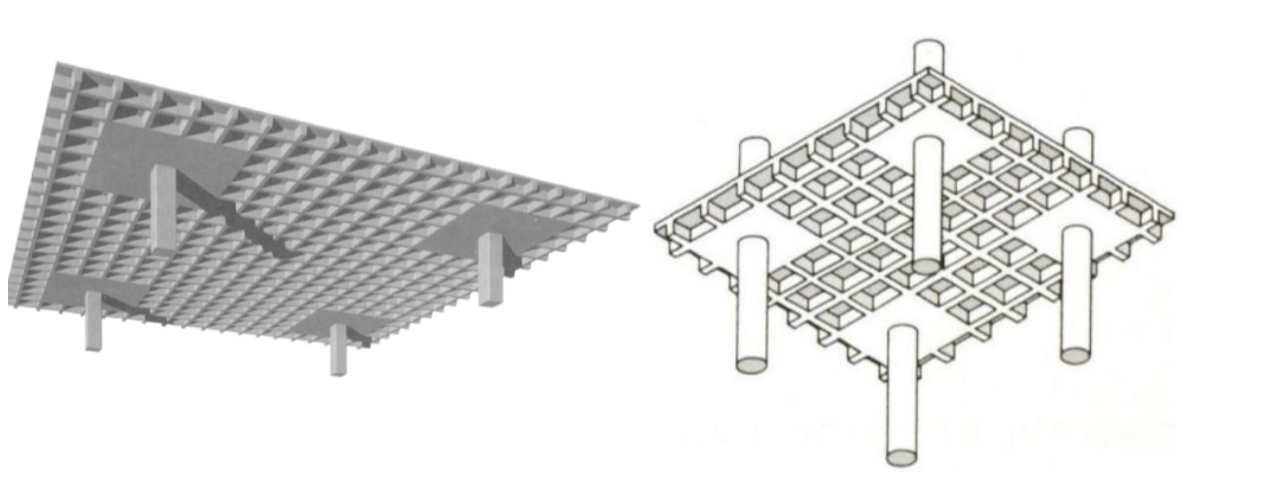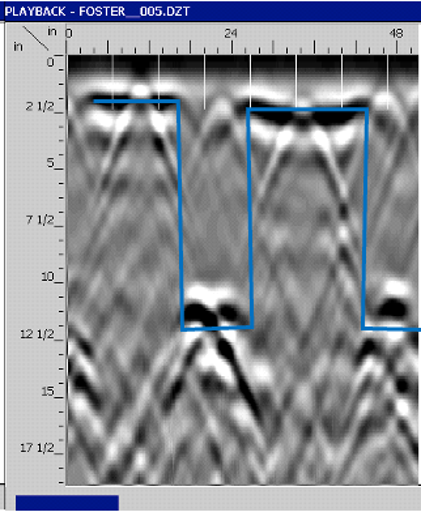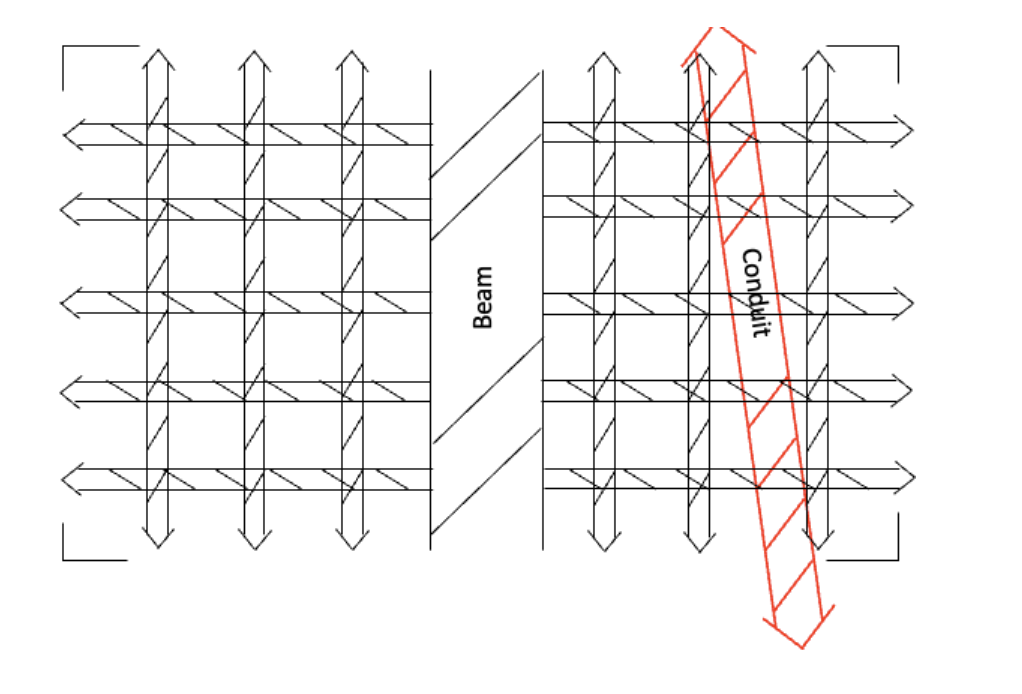Ribbed Slab Construction: Slab Type – Ribbed and Waffle
The construction industry utilizes countless variations of concrete slabs to build the structures all around us. That is why we train GPRS Project Managers with over 80 classroom and 320 field work hours, so they can identify the type of slab they are scanning and provide the most accurate data possible.
Two of the most unique of concrete slab variations are ribbed and waffle slabs.
Both ribbed and waffle slabs are types of reinforced concrete slabs with patterns of ridges or depressions on their bottom surface. These patterns help to increase the strength and stiffness of the slab while also reducing the slab's weight and saving materials.
What sets ribbed and waffle slabs apart from each other, and what unique benefits and challenges do they present for the construction professionals who work with them?
Ribbed Slabs
Ribbed slabs could also be called joist slabs, or beam and joist slabs. They feature a series of parallel ridges that run along the length of the slab. These ridges are created by constructing a system of ribs or beams underneath the slab, usually made from precast concrete or steel. The ribs are spaced apart at regular intervals and extend from one edge of the slab to the other, providing additional support and strength.
These slabs are still poured onsite using rebar, like a traditional rebar slab, but most of the structural support is in the joists. The slab is thinner and could contain minimal reinforcing such as just wire mesh or rebar that is spaced further than in a traditional, flat slab.
The shape and size of the joists can vary as shown below, but the concepts are the same.


Decking can be used to form slabs, primarily in steel buildings, and can also be found in certain areas of concrete buildings. The decking acts as both the form in which to pour the concrete and most of the structural support for the slab.
Here are two examples of what a typical ribbed slab could look like from below:

Here are two examples of what a typical ribbed slab could look like from below.

Waffle Slab
A waffle slab is just a two-way joist system, with a grid of depressions or square pockets on the bottom surface of the slab. These pockets are created by constructing a system of beams in both directions underneath the slab, forming a grid pattern. The beams intersect at regular intervals, creating pockets or depressions. The edges of the slab rest on the beams, increasing its load-carrying capacity and reducing its weight.
The slabs shown below do not have larger beams at the columns due to the added strength of the waffle system:

Both ribbed and waffle slabs are commonly used in residential and commercial construction projects as they offer many advantages over traditional solid slab designs. These include reduced material requirements, faster construction times, improved thermal insulation, and better sound insulation. However, they can be more costly to build and may require more planning and expertise to design and construct.
Just as with any type of concrete slab, utilities and other subsurface items need to be identified prior to cutting, coring, or drilling into ribbed and waffle slabs. For this, you need precision concrete scanning and imaging services utilizing ground penetrating radar (GPR) technology.
When evaluating a ribbed slab, professional concrete scanning technicians will mark any rebar and conduits found. However, the primary goal is to identify the location of the joists, as no core drilling should take place through a joist because it could compromise the slab's structural integrity.
Of course, the technician first needs to verify that they are working with a ribbed or waffle slab. These types of slabs are usually less than 6" thick, but it's important to verify that a pattern of joists or beams is present on the slab's underside.
A lack of reinforcing is another clue that the slab is a ribbed or waffle example. The slab shown below is elevated based on the strong, flat air reflection at 4", but it is less than 6" thick. Additionally, the reinforcing appears to be wire mesh, which is not structural and will not support an elevated slab. This is a clue that the slab is only a topping slab, which is not the structural slab. The joists in this data would have shown up much clearer with a cross-polarized scan, but can still be confirmed here. Since joists are evident, the bottom of the slab can be confirmed at 4".


Below is another example of a ribbed slab. This slab is only 2" thick and two of the joists can be seen in this image. The bottom of the slab and the joists are outlined in blue.

The image below indicates a cross-polarized scan of the same location as the image shown above. The cross-polarized scan causes the wire mesh to disappear, and the joists are easy to identify. Cross polarizing is extremely useful when performing any concrete scanning job.

How Markings are Done
Markings for a ribbed slab should look similar to this. Rebar in the beams do not need to be marked because the entire beam or joist will be hashed out as a no drill zone.

GPRS' elite team of Project Managers use GPR and other advanced technology to Intelligently Visualize The Built World™ for our clients. Our suite of infrastructure visualization services includes precision concrete scanning, utility locating, 3D laser scanning, video pipe inspection, leak detection, and mapping and modeling.
What can we help you visualize? Click here to schedule your service today.

